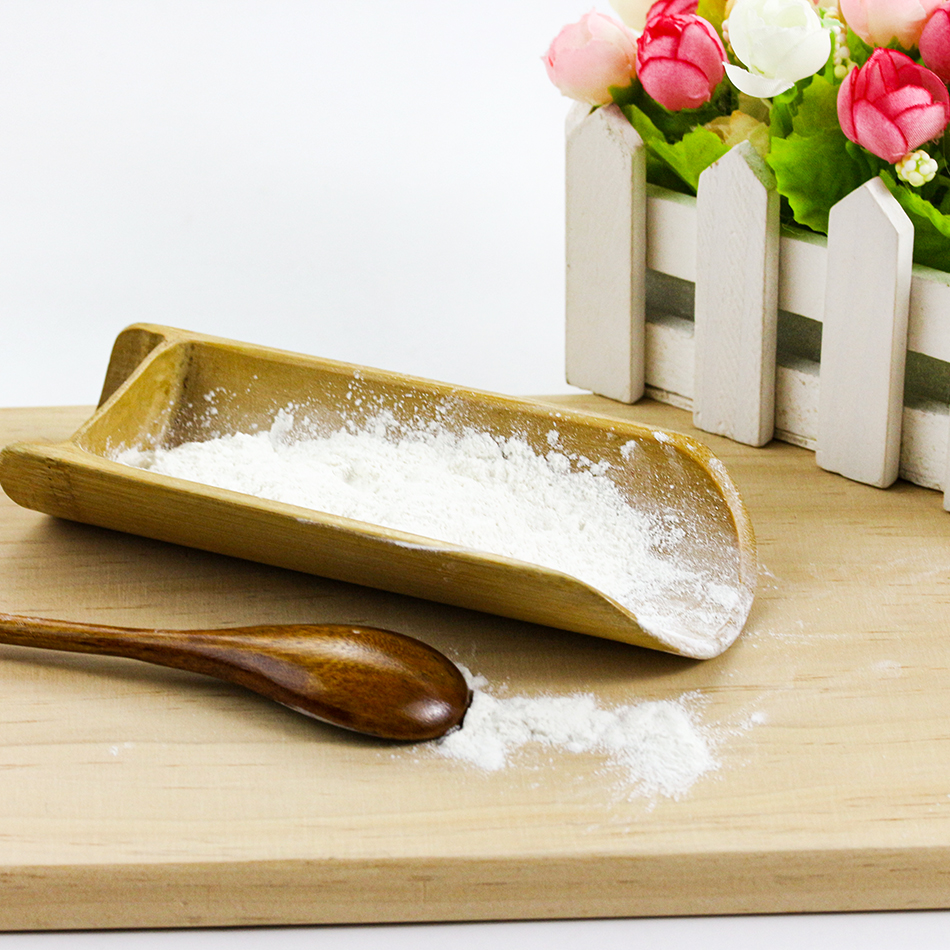When I went to the countryside, I found that many farmers had misunderstandings about foliar spray fertilizer, which caused unnecessary waste. Some farmers have reduced the application of organic fertilizers and fertilizers after applying foliar fertilizers, which has affected crop yields. In general, foliar fertilizer can only play a role on the basis of sufficient nitrogen, phosphorus and potassium. It is a comprehensive effect and can only play the role of “icing on the cakeâ€. When some farmers spray fertilizer on crops and vegetables, they like to use several kinds of foliar fertilizers together, thinking that the more complete the variety, the better. Many farmers think that no matter what kind of fertilizer, as long as they are “turned onâ€, they can all be used. Foliar fertilizer spray, actually not. For example, if the fertilizer is very volatile, such as ammonia, ammonium bicarbonate, etc., if the foliar fertilizer is sprayed, high temperatures will burn the crop leaves after spraying. Moreover, many micro-fertilizers should not be mixed with pesticides. Acidic fertilizers and alkaline fertilizers should not be mixed and sprayed. It should be applied in combination with fertilizer-fertilizer and fertilizer-drugs, and it can be used as “one spray, multiple effectsâ€. The role, otherwise it will be counterproductive. Some farmers think that the greater the concentration of the foliar spray fertilizer solution, the better. This is not true. For example, the urea concentration should only be below 1%, and the potassium dihydrogen phosphate concentration should only be below 1%. More medium and trace element fertilizers such as calcium chloride, borax, zinc sulfate, ferrous sulfate, copper sulfate, etc. Only should be under 0.2%. If the concentration is too large, the effect of spraying will not be achieved. On the contrary, the leaves of the crop will be dehydrated and withered, resulting in fat damage. Generally, the spray is applied to the front and back sides of the blade to spread the fertilizer liquid to start dripping. Excessive fertilizer can lead to increased costs and waste of fertilizer. Some farmers believe that foliar spray fertilizer can be applied at any time and at any time during plant growth and development, which is actually not true. Foliar spray fertilizer is best carried out during the growth transition period of the crop. The spraying time is at least 20 days apart. Generally, the crop is sprayed 2 to 3 times per season. Foliar spraying of different plants and different fertilizers also has certain differences in suitable periods. Rice, corn, wheat and other cereal crops should be sprayed at booting, flowering and filling; soybeans, peanuts, broad beans, kidney beans and other legumes should be sprayed during flowering and pod-forming; cotton should be sprayed during flowering Fertilizer; molybdenum fertilizer should be sprayed before plant flowering; boron fertilizer and zinc fertilizer have the best effect at the initial flowering stage. From the time of spraying fertilizer, it should be in the windless cloudy day or sunny morning, after the dew on the leaf surface, avoid the hot days of the hot sun, and the effect of spraying early and late is good. This article URL: water soluble fertilizer can not be used casually will cause production cuts
Dehydrated onion powder is made of high-quality onions produced in green onion planting bases. It is processed by international leading technology. It is a pure natural product. This product is rich in nutrients such as a variety of vitamins, amino acids, and minerals. Appetite, lowering blood sugar, lipid-lowering blood pressure, anti-cancer and other effects, it is a multifunctional health food.
Dehydrated Onion Powder,Natural Plant Extract Onion Powder,Advanced Dehydrated Onion Powder,Delicious Onion Powder Laian Xinshuyu Food Co., Ltd , https://www.xinshuyufood.com